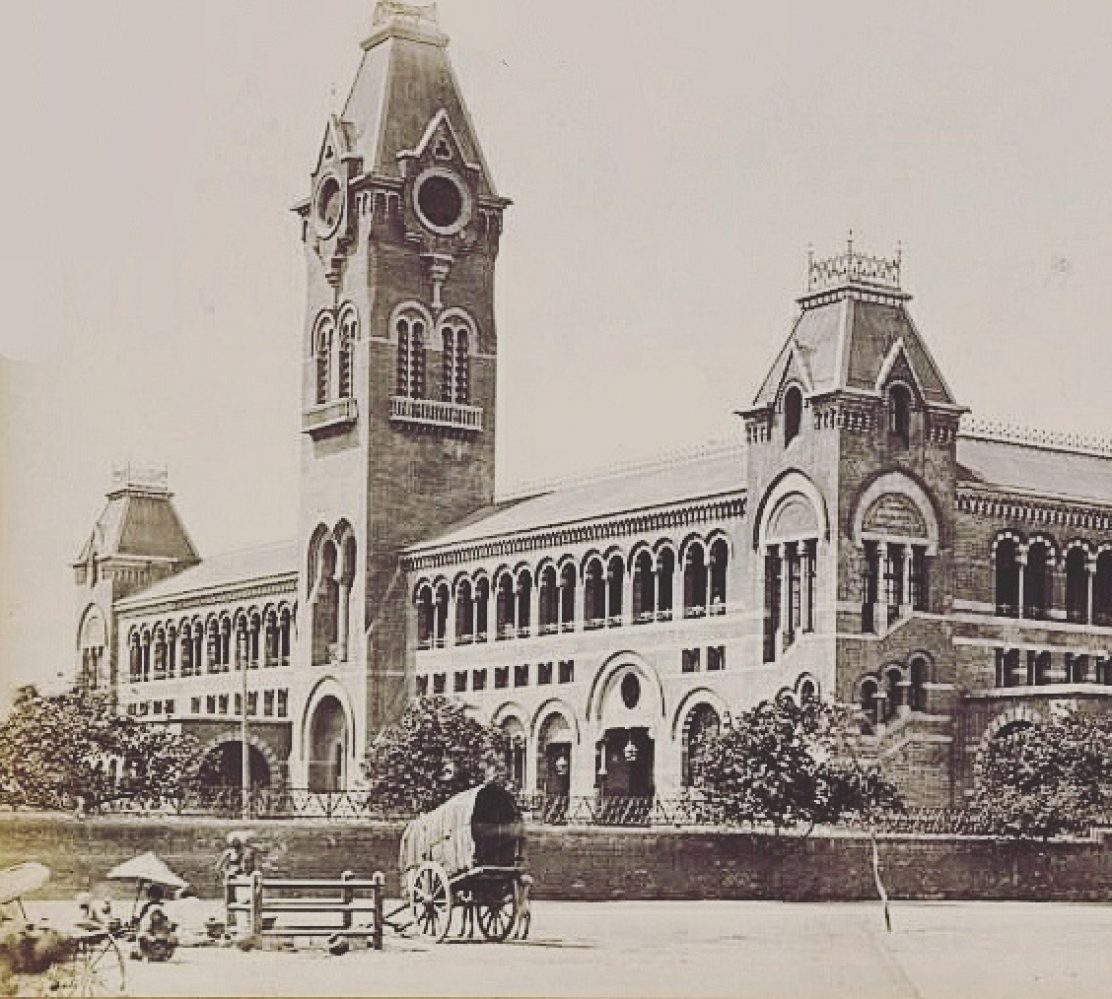The Buckingham Canal, one of the longest in the country, has a total length of 1079km. It has been an integral facet of Chennai since 1800 when the Government was anxious to build a navigable canal from Ennore to Madras by utilising the seasonal river Elambore. In 1801, Heefke And Basil Cochrane commenced the excavation of a canal, for small craft, from the northwest Blacktown wall through strips of land and shallow backwaters from Madras to Ennore, a distance of 11 miles.The work was finished in 1806 by Basil Cochrane who, in 1802, had obtained the entire control of the Canal. This portion was named Cochrane’s Canal. This canal was soon afterwards extended by him to Pulicat Lake, 25 miles north of Ennore. The canal remained the property of Cochrane till 1837, when he left India, leaving its management to Arbuthnot & Co. It was then taken over by the Government in 1847. In 1852, extensive improvements to the existing line of canal and further northward extension were undertaken.
In 1875 when the duke of Buckingham took over as governor, Madras was faced with one of the worst famines which lasted till 1878. To help the people during the crisis, the Duke created an eight- kilometre stretch of island- a canal that linked the adyar river with the cooum near its mouth, just behind the present university buildings.
The extension of the canal to the northern limit at Peddaganjam was completed in 1878, and its extension to the southern limit at Marakkanam was completed in 1882. The 20km urban stretch of this waterway was called the Buckingham canal but inevitably the entire system was bestowed with the name of the duke and Cochrane was forgotten.
The entire canal 9-11 yards with 28 locks was a cheap means of transportation back then. At the beginning of the 20th century as many as 1500 boats used to ply on it regularly from mamallapuram to mylapore. Today very few boats use this canal to travel from ennore to Nellore in Andhra.
The urban stretch of the canal has been lost forever due to various reasons such as high cost and the inefficient desilting process in summer. A boat ride across the city will remain a distant dream to many a history afficionados.


